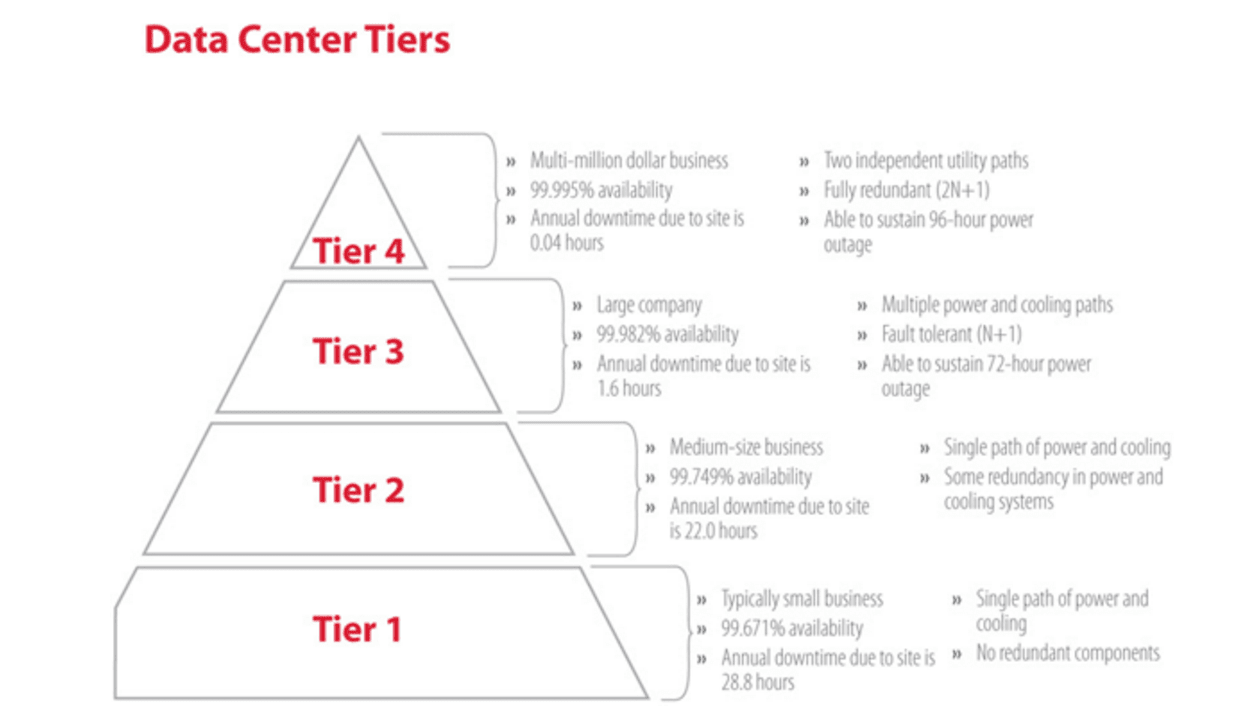Just How to Handle Redundancy Pay If Company Goes Bust: Secret Details for UK Workers
Just How to Handle Redundancy Pay If Company Goes Bust: Secret Details for UK Workers
Blog Article
Investigating the Interaction Between Firm Redundancy and Organizational Flexibility for Future Development
In the dynamic landscape of today's service world, the detailed connection between business redundancy and organizational flexibility becomes an important factor for continual growth and success. Firms typically face the obstacle of striking a delicate equilibrium between keeping a level of redundancy to mitigate dangers and fostering flexibility to respond promptly to the ever-evolving market demands. This fragile interplay holds the vital to not only enduring in turbulent times yet also prospering despite unpredictability. As we check out the diverse dimensions of this interplay, intriguing insights into how organizations browse these intricacies to pave the method for future development await.
Relevance of Firm Redundancy
Business redundancy is a vital component that boosts business strength and minimizes functional threats. By including redundancy procedures within the business structure, business can much better stand up to unpredicted disturbances and variations in business environment. Redundancy functions as a tactical buffer, allowing companies to adjust and react successfully to unforeseen difficulties without endangering essential procedures.
One key aspect of the relevance of firm redundancy is its function in guaranteeing continuity throughout times of situation. When confronted with sudden changes or emergency situations, repetitive systems, resources, or personnel can action in to keep critical features and avoid widespread disturbances. This connection not only safeguards the firm's track record and customer trust yet likewise minimizes economic losses and operational downtime.

Approaches for Organizational Adaptability

Developing versatile organizational frameworks that enable for fast adjustments to market characteristics and customer requirements is necessary for staying affordable in a quickly advancing environment. By proactively identifying potential interruptions and opportunities, organizations can proactively prosper and adapt in an ever-changing company landscape.
Balancing Redundancy and Flexibility
Accomplishing an unified stability in between functional redundancy and organizational adaptability is vital in browsing the complexities of a dynamic business setting. Striking the right balance between redundancy and adaptability is a delicate procedure that calls for a deep understanding of the company's goals, market characteristics, and threat resistance.
To attain this balance, firms require to conduct routine evaluations of their procedures to recognize areas where redundancy is needed for danger reduction and where flexibility can drive development and development. Implementing adaptable frameworks, fostering a culture of continual learning and enhancement, and urging open interaction across all levels of the organization are essential approaches to harmonize redundancy and flexibility efficiently. By aligning these 2 vital elements, companies can position themselves for sustainable growth and success in an ever-changing organization landscape.
Situation Studies on Adjustment Success
In checking out instances of More Info effective organizational adjustment, it ends up being apparent that the interaction in between functional redundancy and flexibility is a defining element in forming durable businesses. One compelling study is that of Netflix. Initially a DVD rental service, Netflix showed impressive flexibility by transitioning into a streaming platform when digitalization disrupted the market. By tactically buying modern technology and web content production, Netflix not just grew however endured in a swiftly developing market. An additional standout example is Amazon. Starting as an online bookstore, Amazon constantly adjusted its company design, broadening into varied sectors such as cloud computer look at these guys and expert system. This versatility allowed Amazon to remain in advance of rivals and satisfy transforming customer demands. Last but not least, Adobe provides a notable picture of successful adaptation. The business changed from selling software licenses to a subscription-based version, making certain reoccuring revenue streams and enhanced customer involvement. These instance studies underscore the value of functional redundancy combined with business adaptability in promoting long-lasting growth and competition.
Building Resilience for Future Growth
Structure resilience for future development calls for a calculated alignment of functional procedures with market dynamics and emerging trends. Companies have to adapt to transforming settings by promoting a culture of versatility, technology, and constant improvement. Durability involves not only jumping back from setbacks yet likewise proactively planning for future difficulties. One crucial aspect of building strength is buying durable threat administration strategies to reduce potential disturbances. This includes circumstance planning, branching out supply chains, and creating contingency strategies for numerous contingencies (who pays redundancy money).
Furthermore, fostering strong relationships with stakeholders, such as customers, workers, providers, and the community, is important for weathering uncertainties and keeping depend on and support during stormy times. Efficient interaction and transparency play a crucial role in building durability, as they assist line up assumptions and help with cooperation in navigating unpredictabilities.
Additionally, organizations require to prioritize understanding and growth campaigns to upskill workers and outfit them with the essential devices to adjust to transforming scenarios. By purchasing their workforce, companies can boost their flexibility and agility, ultimately reinforcing their strength for lasting future development.
Verdict

In the vibrant landscape of today's service world, the elaborate connection in between company redundancy and business flexibility arises as a vital variable for sustained growth and success. Business usually encounter the difficulty of striking a fragile balance between maintaining a degree of redundancy to reduce risks and promoting adaptability to respond quickly to the ever-evolving market needs.To accomplish this equilibrium, companies require to perform regular assessments of their procedures to identify areas where redundancy is essential for danger reduction and where versatility can drive development and growth.In verdict, the interplay in between firm redundancy and organizational adaptability is essential for future growth. Structure resilience via a combination of redundancy and flexibility will certainly guarantee that companies are prepared for the difficulties of the future.
Report this page